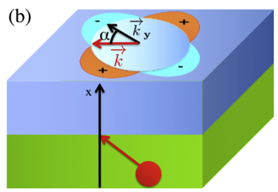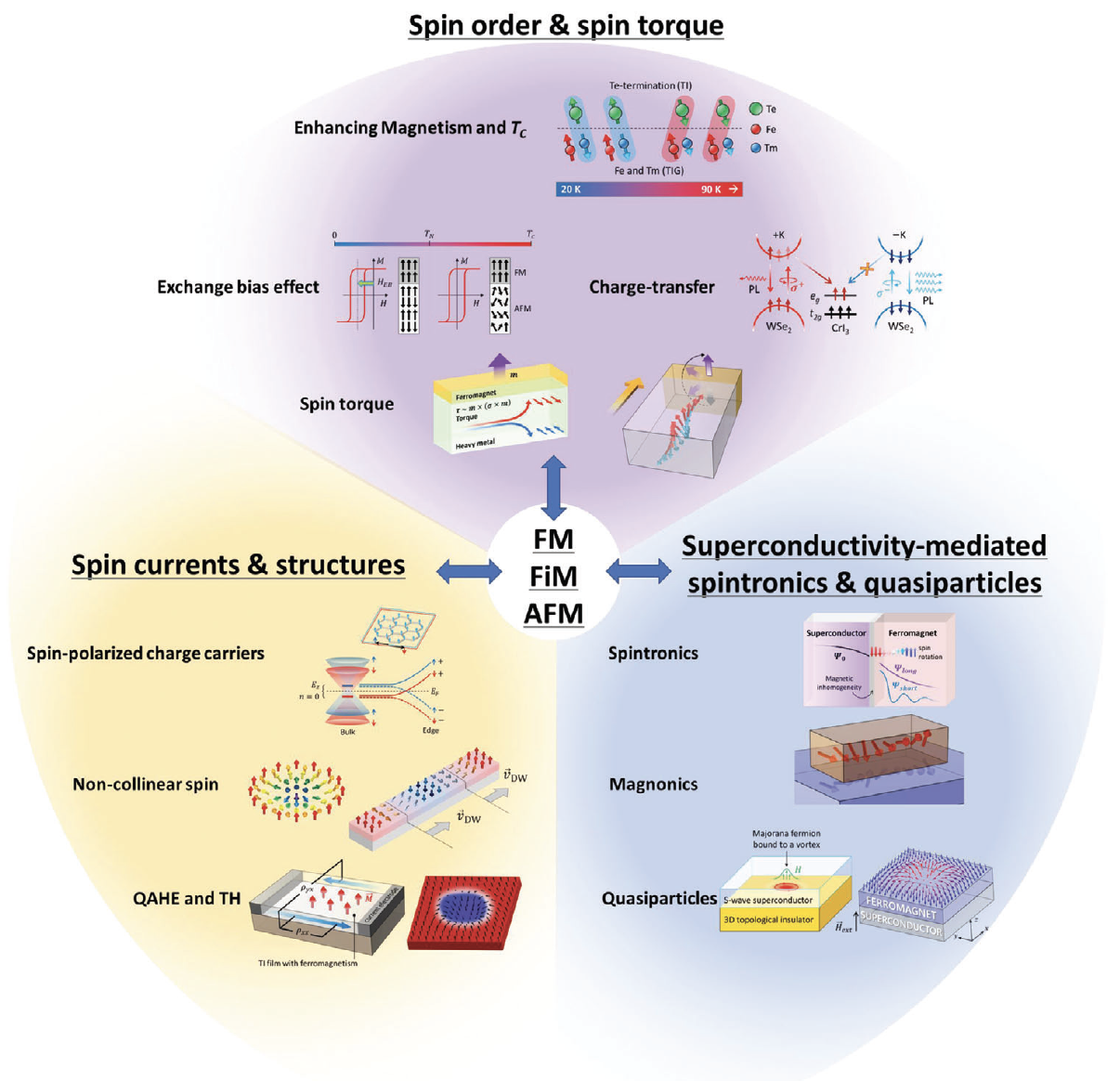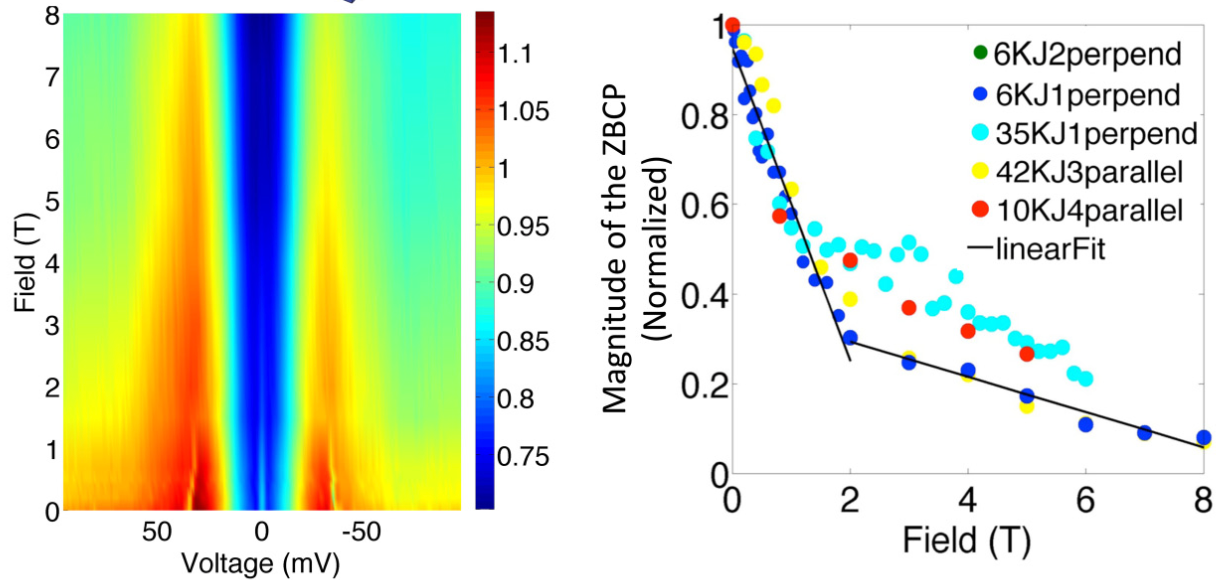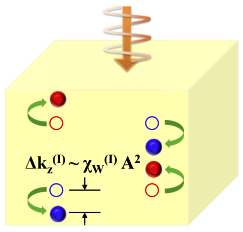Modeling tunneling for the unconventional superconducting proximity effect
Recently there has been reinvigorated interest in the superconducting proximity effect, driven by predictions of the emergence of Majorana fermions. To help guide this search, we have developed a phenomenological model for the tunneling spectra in anisotropic superconductor-normal metal proximity devices. We combine successful approaches used in s-wave proximity and standard d-wave tunneling to reproduce tunneling spectra in d-wave proximity devices, and clarify the origin of various features. Different variations of the pair potential are considered, resulting from the proximity-induced superconductivity. Furthermore, the effective pair potential felt by the quasiparticles is momentum-dependent in contrast to s-wave superconductors. The probabilities of reflection and transmission are calculated by solving the Bogoliubov equations. Our results are consistent with experimental observations of the unconventional proximity effect and provide important experimental parameters such as the size and length scale of the proximity induced gap, as well as the conditions needed to observe the reduced and full superconducting gaps.




